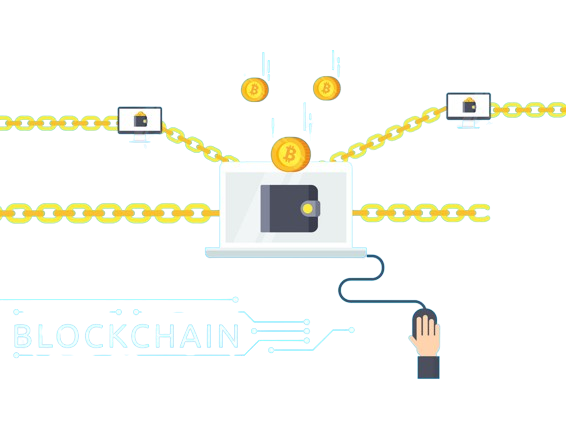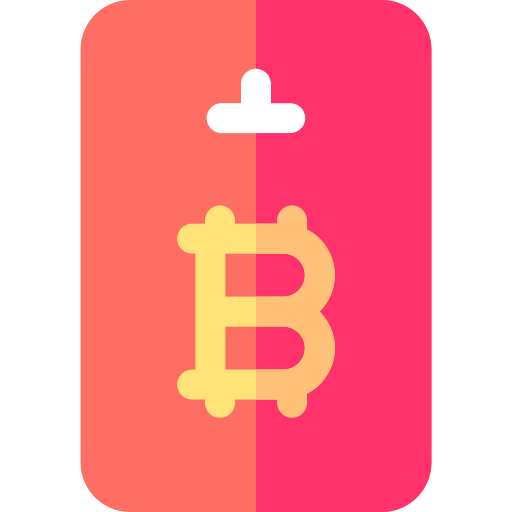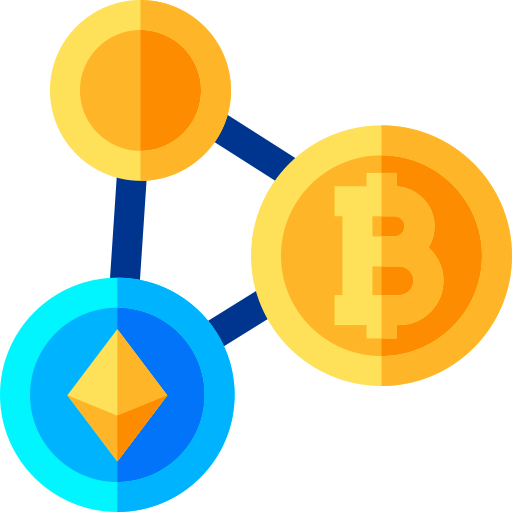
Decentralized Finance (DeFi) has emerged as a revolutionary paradigm, challenging traditional financial systems and offering a new frontier of decentralized, permissionless, and transparent financial services. DeFi aims to democratize finance by removing intermediaries and empowering users with direct control over their assets and financial interactions. As this innovative ecosystem continues to gain momentum, understanding how to participate in DeFi becomes increasingly crucial for those seeking to unlock its vast potential.
Introduction to Decentralized Finance
Decentralized Finance, or DeFi, refers to a broad ecosystem of decentralized applications (dApps) and protocols built on blockchain technology, primarily the Ethereum network. These applications aim to recreate traditional financial services, such as lending, borrowing, trading, and investing, in a decentralized and trustless manner. By leveraging smart contracts and blockchain technology, DeFi eliminates the need for intermediaries, enabling peer-to-peer financial interactions and fostering greater transparency, accessibility, and financial inclusion.
Step 1: Understanding the Fundamentals of DeFi
Before delving into the intricacies of participating in DeFi, it is essential to develop a solid understanding of its underlying principles and key components. Familiarize yourself with concepts such as decentralized exchanges (DEXs), lending and borrowing protocols, yield farming, liquidity mining, and stablecoins. Additionally, gain insights into the role of decentralized autonomous organizations (DAOs) in governing and shaping the DeFi ecosystem.
Step 2: Selecting a Secure Cryptocurrency Wallet
To participate in DeFi, you will need a cryptocurrency wallet capable of interacting with decentralized applications and protocols. While various wallets exist, it is crucial to prioritize security and compatibility with the Ethereum network and DeFi platforms. Explore options such as hardware wallets, which offer the highest level of security, or reputable software wallets designed specifically for DeFi interactions. Ensure that your chosen wallet supports Ethereum and other relevant cryptocurrencies, as well as the ability to connect to decentralized applications (dApps) through browser extensions or mobile apps.
Step 3: Acquiring Cryptocurrencies for DeFi
Once you have a secure wallet, the next step is to acquire the necessary cryptocurrencies to participate in DeFi platforms. Ethereum (ETH) is the predominant cryptocurrency used in the DeFi ecosystem, as many protocols and dApps are built on the Ethereum blockchain. Additionally, you may need to hold other cryptocurrencies or stablecoins, depending on the specific DeFi platforms and services you wish to engage with. Explore centralized or decentralized exchanges to purchase the required cryptocurrencies, ensuring you comply with applicable regulations and security best practices.
Step 4: Connecting to DeFi Platforms
With your wallet set up and cryptocurrencies acquired, you can now connect to various DeFi platforms and protocols. Many DeFi platforms offer user-friendly interfaces that allow you to connect your wallet and access a range of decentralized financial services. Some popular platforms include Uniswap for decentralized trading, Aave for lending and borrowing, and Curve Finance for stablecoin swaps and liquidity provision.
Step 5: Exploring Decentralized Exchanges (DEXs)

Decentralized exchanges (DEXs) are a core component of the DeFi ecosystem, enabling trustless and permissionless trading of cryptocurrencies without the need for intermediaries.
Some platforms allow users to swap tokens directly from their Bitcoin wallet, providing greater control and transparency over their assets. DEXs often utilize innovative mechanisms, such as automated market makers (AMMs), to facilitate liquidity and enable efficient token swaps.
Step 6: Participating in Lending and Borrowing Protocols
Lending and borrowing protocols are another prominent aspect of DeFi, allowing users to lend their cryptocurrencies and earn interest or borrow assets by providing collateral. Some platforms enable users to participate in these activities directly from their Bitcoin wallets, fostering greater financial inclusivity and accessibility. These protocols ensure transparent and trustless lending and borrowing operations by leveraging smart contracts.
Step 7: Exploring Yield Farming and Liquidity Mining
Yield farming and liquidity mining are strategies employed by DeFi participants to generate returns on their cryptocurrency holdings. Yield farming involves lending or staking cryptocurrencies on various protocols to earn rewards and incentives, while liquidity mining involves providing liquidity to decentralized exchanges or lending protocols in exchange for token rewards. These strategies can be complex and carry inherent risks, so it is crucial to thoroughly understand the underlying mechanisms and potential implications before engaging in them.
Step 8: Engaging with Decentralized Autonomous Organizations (DAOs)
Decentralized Autonomous Organizations (DAOs) are decentralized governance structures that play a pivotal role in the DeFi ecosystem. DAOs allow token holders to participate in decision-making processes, vote on protocol upgrades, and shape the future direction of DeFi platforms. By engaging with DAOs, users can actively contribute to the governance and evolution of the DeFi protocols they interact with, fostering a truly decentralized and community-driven financial ecosystem.
Step 9: Embracing Security and Risk Management
While DeFi promises numerous benefits, it also carries inherent risks and challenges. Ensuring the security of your cryptocurrencies and personal information is paramount. Implement robust security measures, such as using hardware wallets, enabling two-factor authentication, and exercising caution when interacting with unfamiliar protocols or platforms. Additionally, it is crucial to understand and manage the risks associated with DeFi, including smart contract vulnerabilities, impermanent loss, and potential regulatory implications.
Step 10: Continuous Learning and Community Engagement

The DeFi ecosystem is rapidly evolving, with new protocols, platforms, and innovations emerging regularly.
To stay abreast of the latest developments and opportunities, embrace a mindset of continuous learning and community engagement. Participate in online forums, join DeFi-focused communities, and follow reputable sources to gain insights, share knowledge, and stay informed about emerging trends and best practices.
Conclusion
Participating in Decentralized Finance represents a paradigm shift in how we perceive and interact with financial services. By leveraging the power of blockchain technology and decentralized applications, DeFi promises to democratize finance, foster greater transparency, and empower individuals with control over their assets. However, navigating this complex ecosystem requires a solid understanding of its underlying principles, a willingness to embrace security measures, and a commitment to continuous learning and adaptation.
As the DeFi ecosystem continues to evolve and mature, it holds the potential to revolutionize the financial landscape, offering unprecedented opportunities for innovation, financial inclusion, and economic empowerment. By following the steps outlined in this guide and embracing the ethos of decentralization, you can embark on a journey to unlock the vast potential of DeFi and shape the future of finance.